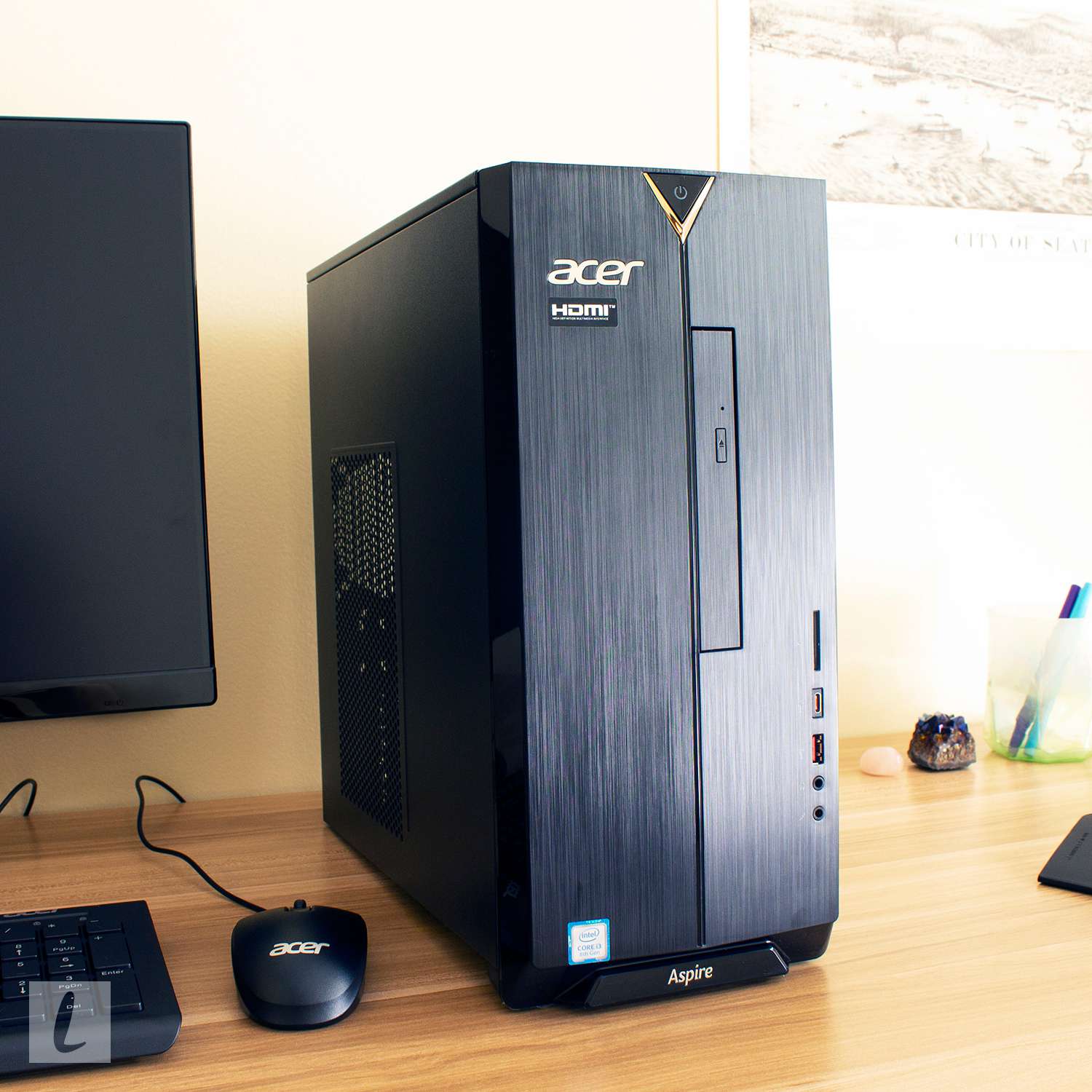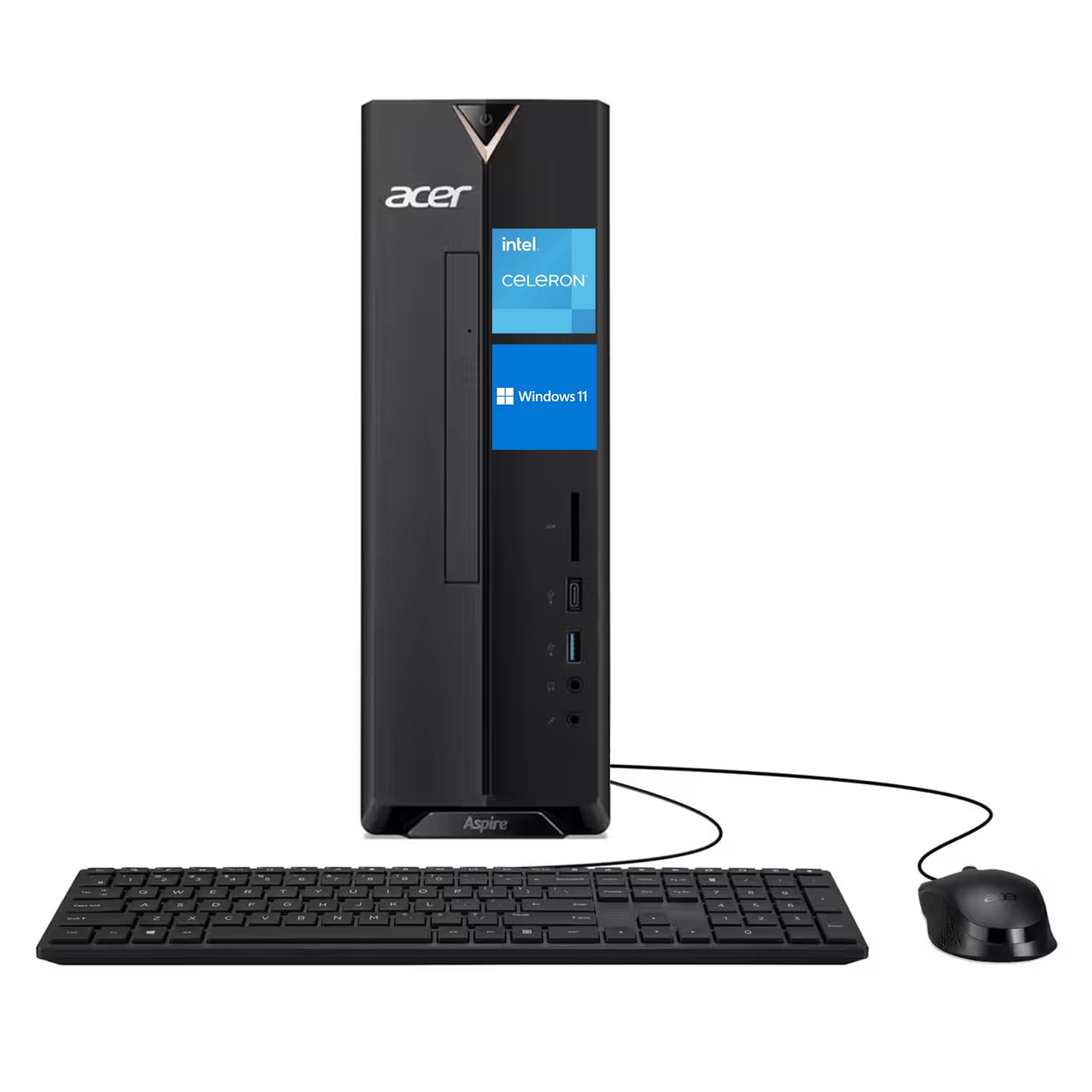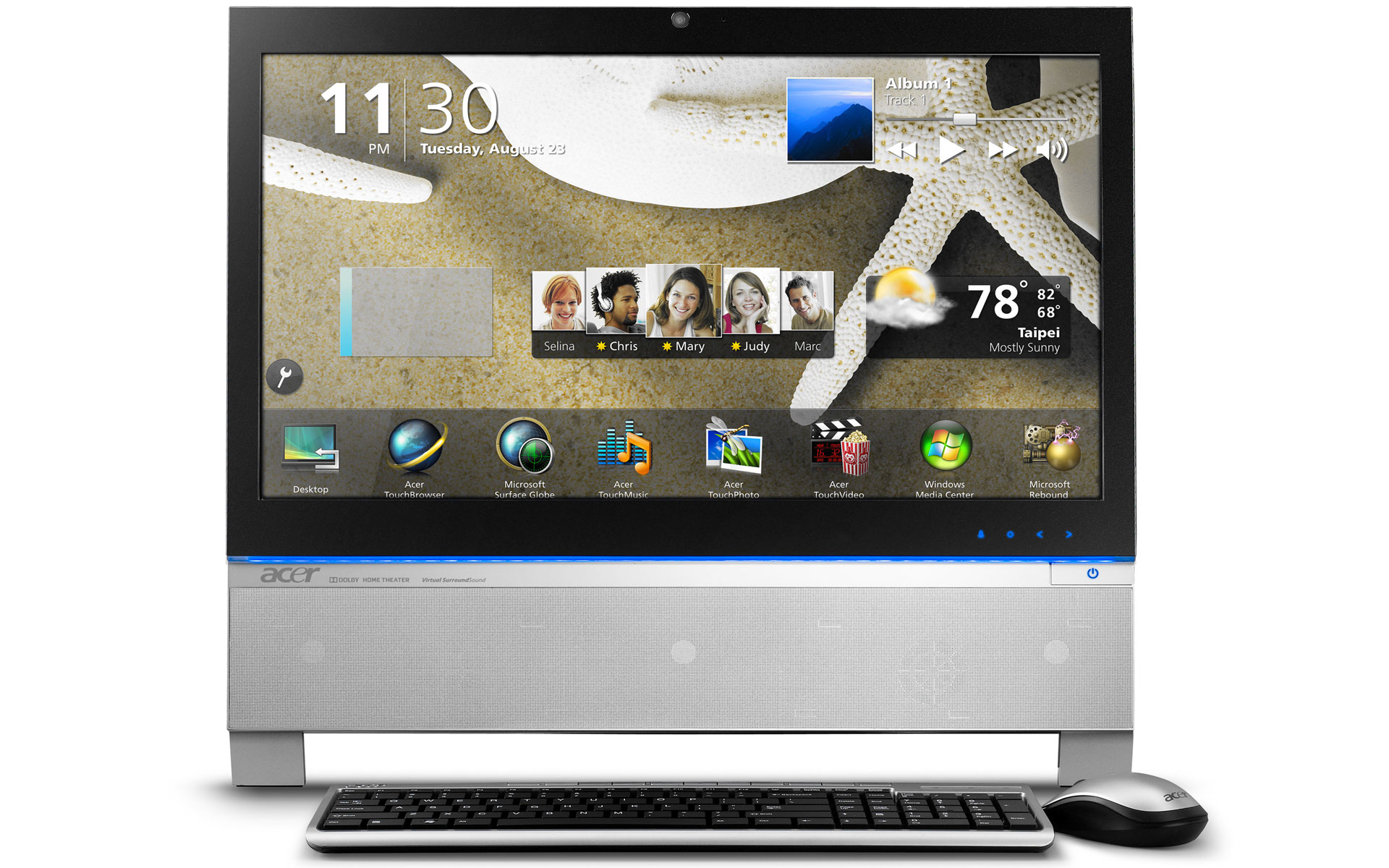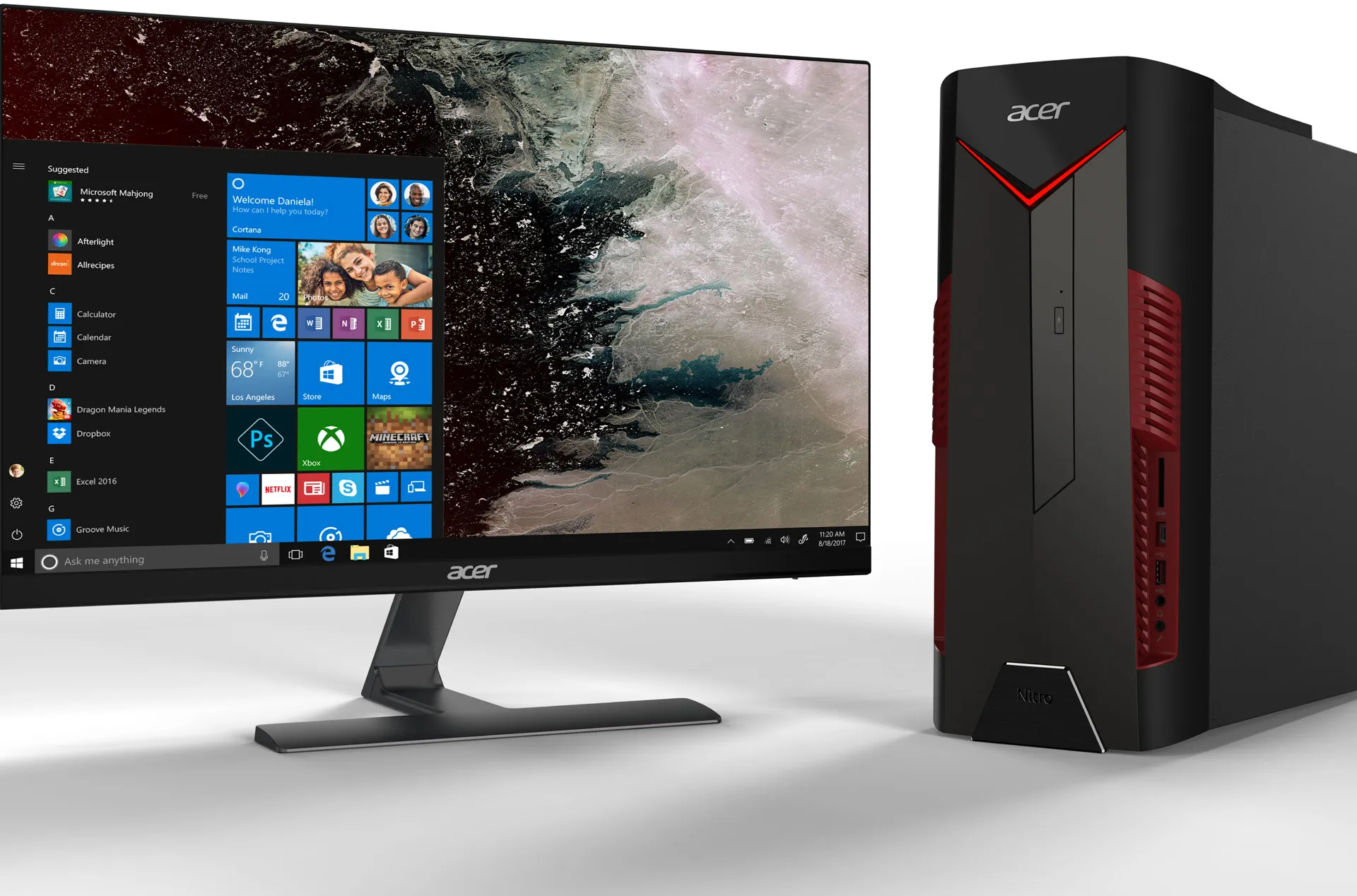When your Acer desktop computer turns on but the screen remains black, it can be a frustrating experience. This issue, often referred to as the “black screen of death,” can be caused by a variety of factors, ranging from simple software glitches to more serious hardware problems. The following guide will provide you with practical steps to diagnose and fix the issue, so you can get your Acer desktop back to full functionality.
Preliminary Checks and Simple Solutions
Before diving into more complex troubleshooting, it’s important to perform some preliminary checks that can often resolve the issue with minimal effort.
Checking Cable Connections
First and foremost, verify that all cables connected to your monitor and computer are secure. A loose video cable can often cause a lack of display. Make sure the monitor is powered on and that it’s set to the correct input source. If you’re using a VGA or HDMI cable, try replacing it with another one to rule out a faulty cable.
Power Cycle Your Computer and Monitor
Completely power down your computer and monitor, unplug them, and then wait a minute before plugging them back in and turning them on. This can sometimes clear out any temporary glitches that may be causing the black screen.

Software and Driver Issues
Issues with your operating system or drivers can also lead to a black screen. Let’s explore how to address these potential software problems.
Booting into Safe Mode
Restart your computer and try booting into Safe Mode by pressing the F8 key as your computer starts up. If the screen displays in Safe Mode, it’s likely that a driver or software issue is the cause. You can then uninstall recent programs or drivers that might be causing the conflict.
Updating or Reinstalling Graphics Drivers
If Safe Mode access is successful, update your graphics card drivers through the Device Manager. If updates don’t resolve the issue, try uninstalling the drivers and then restarting your computer to allow Windows to reinstall them automatically.

Hardware Troubleshooting
When software solutions don’t resolve the issue, it’s time to investigate potential hardware problems.
Testing with a Different Monitor or Display
Connect your Acer desktop to a different monitor or TV screen. If the new display works, the problem might be with your original monitor. Conversely, if the new display is also black, the issue may be with your computer’s graphics card or other internal hardware.
Checking Internal Connections and Components
If you are comfortable opening your computer case, you can check for loose internal connections, particularly for the graphics card and RAM. Reseat these components carefully and check for any visible signs of damage. If you suspect a component is faulty, you may need to replace it or seek professional repair.

Advanced Solutions and When to Seek Professional Help
Sometimes, the issue may be beyond what can be addressed with at-home troubleshooting. In such cases, it’s important to know when to seek professional help.
BIOS/UEFI Issues and Resets
A corrupted BIOS can sometimes cause a black screen. Refer to your Acer desktop’s manual for instructions on resetting the BIOS or flashing the firmware. If you’re not confident in performing these actions, it’s best to seek professional assistance.
When to Contact Acer Support or a Technician
If none of the above steps work, the issue could be due to a more serious hardware fault, such as a failed motherboard or power supply. In this case, it’s advised to contact Acer support or take your desktop to a certified computer technician who can diagnose and fix the problem.

Resolving the Black Screen Issue
Dealing with a black screen on your Acer desktop computer can be a trouble, but with the right approach, you can identify the problem and find a solution.
Step-by-Step Troubleshooting
By systematically going through the troubleshooting steps—from checking cables and power cycling to addressing software and hardware issues—you can isolate the cause and work towards fixing it.
Understanding When to Seek Help
Knowing when to seek professional help can save you time and prevent potential damage to your computer. If the problem persists after following the suggested solutions, it’s time to call in the experts.

Monitoring System Health Post-Fix
Once you’ve managed to resolve the black screen issue on your Acer desktop computer, it’s critical to monitor the system’s health to prevent future occurrences. Regularly checking the status of drivers, ensuring that software updates are installed, and performing routine maintenance can help keep your system running smoothly. Utilizing system monitoring tools that come with your operating system or third-party software can provide real-time insights into the health of your computer’s hardware components.
Preventative Measures and Best Practices
To mitigate the risk of encountering the black screen issue again, adopt best practices for computer use. Avoid downloading software from unreliable sources to reduce the risk of malware, which can cause system instability. Keep your computer in a well-ventilated area to prevent overheating, and consider investing in a surge protector to safeguard against power fluctuations that can lead to hardware damage. Additionally, by regularly backing up important data, you ensure preparedness for any system failures that might lead to data loss.
The Importance of Regular Updates and Upgrades
One of the most effective ways to maintain the longevity and performance of your Acer desktop is to regularly update the operating system and all relevant drivers. Manufacturers frequently release updates that improve system stability and fix known bugs, which can prevent issues like the black screen from occurring. Moreover, consider periodic hardware upgrades, particularly if your computer is several years old and struggling to keep up with current software demands. Upgrading components like RAM, the graphics card, or switching to an SSD can breathe new life into your system, extending its useful lifespan and ensuring a smoother computing experience.
In summary, a black screen on your Acer desktop computer can often be fixed with some basic troubleshooting. Start with simple checks and move on to software and hardware diagnostics. Keep in mind that more complex issues may require professional servicing. By carefully following this guide, you can increase your chances of getting your Acer desktop back to normal operation and avoid the potential stress and downtime associated with the black screen of death.
